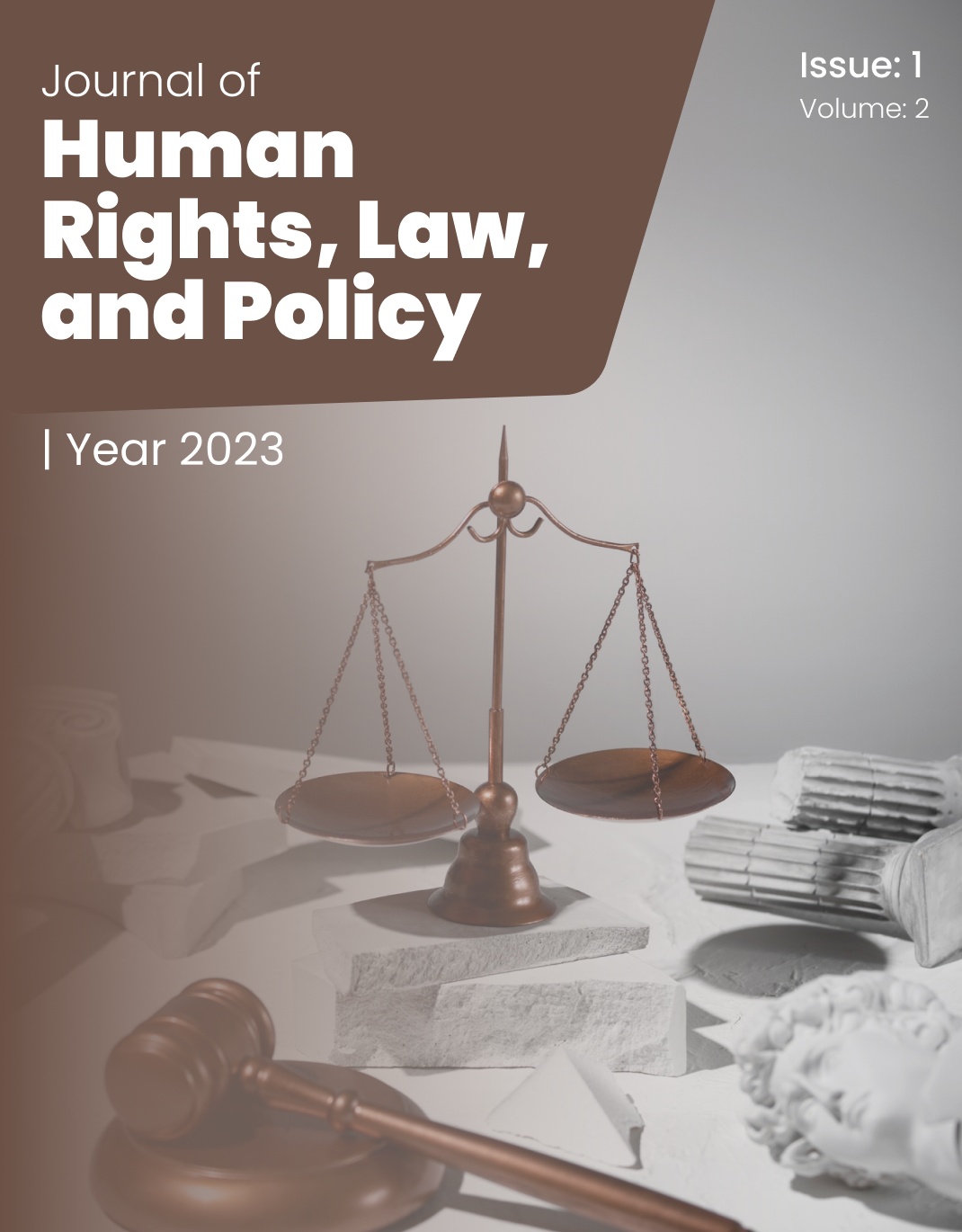Exploring the Balance Between Religious Law and State Human Rights Obligations: A Grounded Theory Study
Keywords:
Religious law, Human rights, Legal pluralism, Grounded theory, Iran, Constitutional interpretation, Sharia and civil lawAbstract
This study aims to explore how legal professionals, clerics, and human rights advocates in Iran perceive, negotiate, and reconcile the tensions between religious law and state-level human rights obligations. The research employed a qualitative grounded theory design to generate a conceptual model grounded in participants’ lived experiences. Nineteen participants, including legal scholars, religious authorities, human rights activists, and legal practitioners, were purposefully selected from Tehran. Data were collected through semi-structured interviews until theoretical saturation was reached. Each interview lasted between 45 to 75 minutes, was audio-recorded with consent, and transcribed verbatim. NVivo software was used to code and analyze the data through open, axial, and selective coding procedures. Three overarching themes emerged from the data: (1) Tensions Between Legal Systems, encompassing jurisdictional ambiguity, normative incompatibility, and institutional resistance to reform; (2) Pathways Toward Reconciliation, highlighting adaptive interpretation of religious texts, constitutional harmonization mechanisms, and civil society engagement; and (3) Lived Experience of Legal Pluralism, reflecting strategic legal navigation, institutional inconsistency, and psychological tensions among citizens. Participants emphasized both the structural and interpretive dilemmas within Iran’s hybrid legal framework and pointed to cultural and generational shifts as potential catalysts for reconciliation. The final grounded theory illustrates how individuals and institutions manage legal pluralism through a complex interplay of resistance, adaptation, and negotiation. The study reveals that the tension between religious law and human rights obligations in Iran is neither absolute nor static but navigated through interpretive flexibility, institutional mediation, and social agency. Sustainable legal reform requires culturally embedded strategies that respect religious identity while advancing human rights protections.
Downloads
References
Abou El Fadl, K. (2002). Speaking in God's Name: Islamic Law, Authority and Women. Oneworld Publications.
Afshari, R. (2011). Human Rights in Iran: The Abuse of Cultural Relativism. University of Pennsylvania Press.
An-Na'im, A. A. (2008). Islam and the Secular State: Negotiating the Future of Shari'a. Harvard University Press.
Arjomand, S. A. (1990). The Turban for the Crown: The Islamic Revolution in Iran. Oxford University Press.
Bielefeldt, H. (2000). "‘Western’ versus ‘Islamic’ Human Rights Conceptions?: A Critique of Cultural Essentialism in the Discussion on Human Rights." Political Theory, 28(1), 90–121. https://doi.org/10.1177/0090591700028001005
Charmaz, K. (2006). Constructing Grounded Theory: A Practical Guide through Qualitative Analysis. SAGE Publications.
Donnelly, J. (2013). Universal Human Rights in Theory and Practice (3rd ed.). Cornell University Press.
Hoodfar, H., & Sadr, S. (2010). "Islamic Politics and Women's Quest for Gender Equality in Iran." Third World Quarterly, 31(6), 885–903. https://doi.org/10.1080/01436597.2010.502723
Mahdavi, P. (2011). Gridlock: Labor, Migration, and Human Trafficking in Dubai. Stanford University Press.
Mayer, A. E. (2007). Islam and Human Rights: Tradition and Politics (4th ed.). Westview Press.
Mir-Hosseini, Z. (2000). Islam and Gender: The Religious Debate in Contemporary Iran. Princeton University Press.
Moinfar, A. (2016). "Islamic Law and Human Rights: Convergence or Conflict?" Iranian Studies Journal, 49(5), 733–751. https://doi.org/10.1080/00210862.2016.1171297
Renteln, A. D. (1990). International Human Rights: Universalism versus Relativism. SAGE Publications.
Sachedina, A. (2009). Islam and the Challenge of Human Rights. Oxford University Press.
Shakoori, A. (2014). "The Evolving Legal Consciousness of Youth in Iran." Middle East Law and Governance, 6(2), 122–145. https://doi.org/10.1163/18763375-00602003
Terman, R. (2015). "The Stop-and-Go Revolution: Women’s Rights in Post-Revolutionary Iran." International Feminist Journal of Politics, 17(4), 638–657. https://doi.org/10.1080/14616742.2015.1080785
UN Human Rights Council. (2014). Report of the Special Rapporteur on the situation of human rights in the Islamic Republic of Iran. A/HRC/28/70. https://undocs.org/A/HRC/28/70
The Constitution of the Islamic Republic of Iran. (1979). Available at: https://www.constituteproject.org/constitution/Iran_1989.pdf
Downloads
Published
Submitted
Revised
Accepted
Issue
Section
License

This work is licensed under a Creative Commons Attribution-NonCommercial 4.0 International License.

